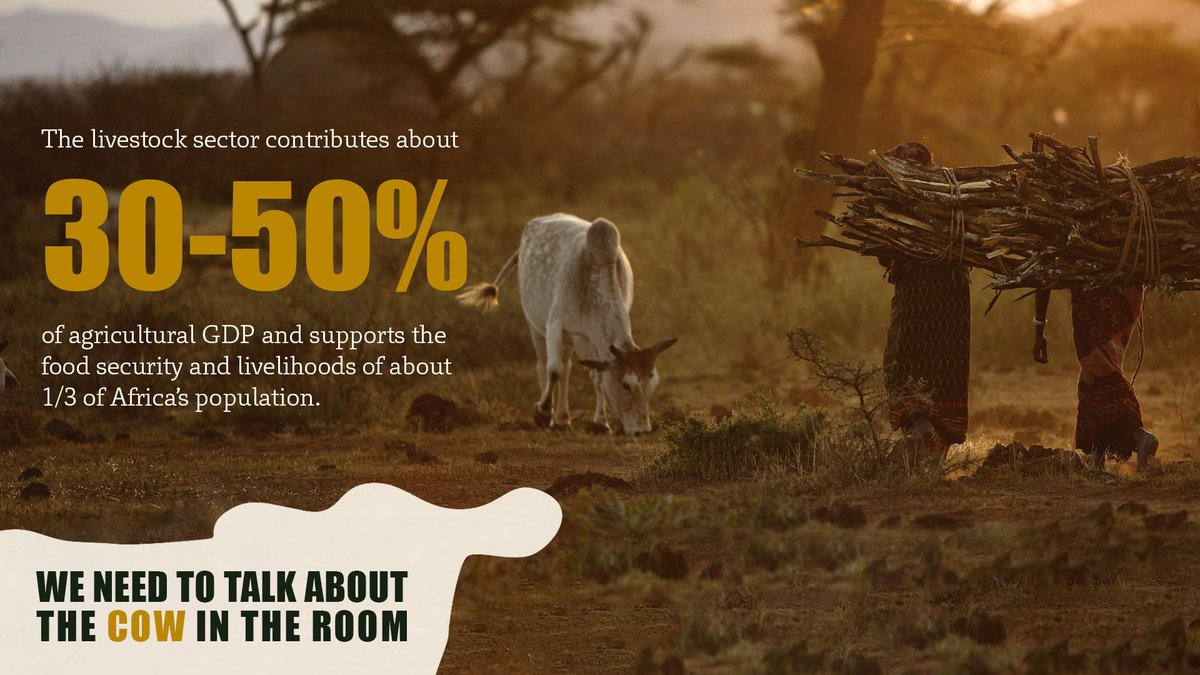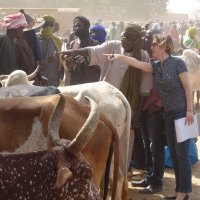
Catherine LE CÔME
@LeComeCatherine
Global Technical Advisor Livestock @SNVworld. Proud Co-designer of #GARBAL service #D4AgAfrica. Bretonne based in #Ghana. Tweets are my own.
ID:876938008972406786
https://www.linkedin.com/in/catherine-le-côme-85859616 19-06-2017 23:01:28
1,2K Tweets
575 Followers
1,9K Following

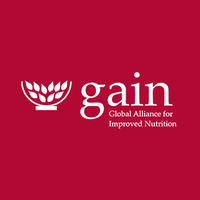


#FreeOlivierDubois . 20 mois interminables pour ses proches. Courage Deb's #FreeOlivierDubois. De cœur avec vous.

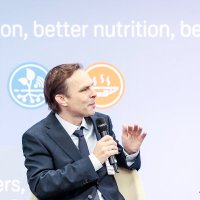
Pastoralism & Uncertainty: 'The longstanding obsession with tree planting as a route to addressing climate & biodiversity challenges must be rethought. Covering over half the world’s land surface, rangelands - as ‘open ecosystems’ – require a very different approach' pastres.files.wordpress.com/2022/09/en-inf…

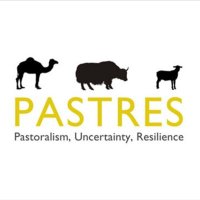
#Pastoralists are practised guardians of nature. #Mobile #livestock production can enhance biodiversity, protect rare species, prevent wildfires and sequester carbon. 🐑🐑🐑
🎥 Watch our video ahead of #COP15 :
ILRI.org Institute of Development Studies


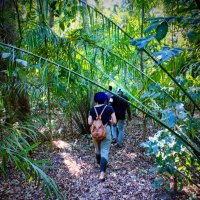
Dans le nord du #BurkinaFaso , la bataille des femmes pour quelques litres d’eau. Marcher, remplir, pousser. En plus de la sècheresse, l'afflux des déplacés menace les ressources, déjà rares. Reportage à #Ouahigouya , où certains n'ont accès qu'à 7 L/jour. lemonde.fr/afrique/articl…


Watch our video:
'Livestock are a significant source of greenhouse gas emissions, but different ways of producing food can have very different effects... animal source foods remain a vital source of nutrition for vulnerable populations around the world.'
#COP27 Institute of Development Studies ILRI.org
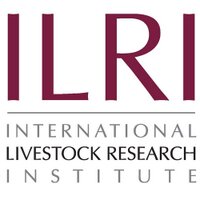

6/ Policy and funding leaders need to direct #ClimateFinance to countries to build sustainable livestock systems. In Africa, this means investing in adaptation to achieve mitigation co-benefits. #LetsTalkLivestock
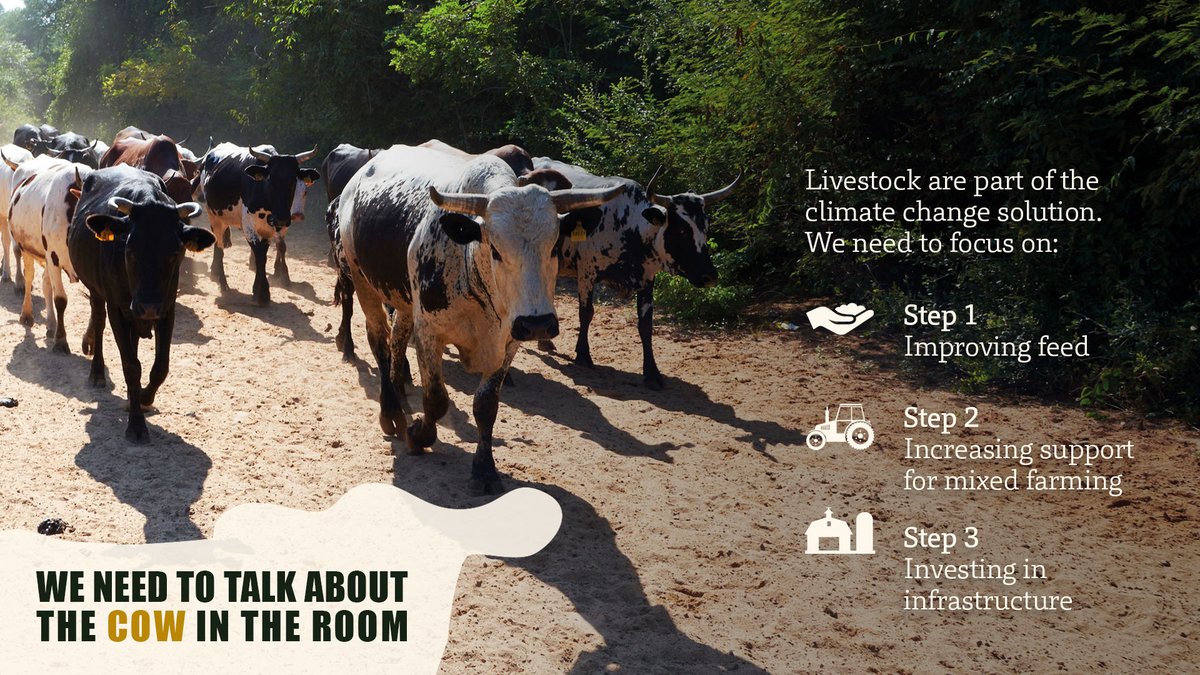

5/ Step 3. Invest in infrastructure.
Yes, we need to talk about global emissions and our #foodsystems . But marginalising livestock keepers in developing countries in #FoodSystems at #COP27 is not an option.




1/ Fact #1: Millions of livestock herders produce more than half of Africa’s meat and milk supply.
Fact #2: Growing #HeatStress from rising temperatures and humidity are putting their livelihoods at risk.
#LetsTalkLivestock adaptation solutions COP27
